Please log in to purchase this product.
Get Educated on Orthodontics With These 20 Books
Please log in to view the price.
Get Educated on Orthodontics With These 20 Books
Educate Yourself on Orthodontic Care with These 20 Books!
Broaden your knowledge about orthodontics with the 20 books featured at DentalBooks. Whether you’re a dental professional or simply looking to gain an understanding of the complex field of orthodontics, you’ll find a comprehensive collection of textbooks and other related resources here.Pull from textbooks concerning common topics like treatment planning, diagnostic procedures, and expansion appliances for young children – all written by leading experts in the field. You can also obtain manuals detailing instructional sets tailored to craniofacial deformities as well as more focused works discussing various craniofacial development concerns.These books are perfect for furthering your expertise in modern orthodontic approaches. Increase your confidence and empower yourself by visiting DentalBooks, where you can get started on finding the sources that suit your needs best.
Introduction
Are you looking to get educated on orthodontics? With the rise of interest in learning more about dental health, it’s no surprise that people are beginning to take an interest in orthodontics. Whether you’re a student who wants to pursue specialisation in this field, or just want to learn about the basics for personal health, there’s plenty of great books available that offer comprehensive information and guidance. Here are 20 recommended titles to help you get started! From introductory texts to professional references, these titles cover everything from the fundamentals to applied techniques. So, whatever your background and level of knowledge may be, there’s something here to get you up-to-speed and well-informed in the science and practice of orthodontics.
The Benefits of Orthodontic Education
Orthodontic education is essential for promoting optimal oral health. Orthodontists are specialists who diagnose, prevent and treat dental issues that affect the alignment of teeth and jaws. They use various methods to straighten teeth, such as braces, retainers, and other treatments. As a result, orthodontic education benefits patients in numerous ways.
To begin with, orthodontic education can help dentists diagnose the needs of their patients more accurately. With specialized training in diagnosing malocclusion—a misaligned bite or improper jaw position—orthodontists are well-versed in identifying any irregularities in the positioning of teeth and jaws. This can save time as it eliminates unnecessary visits by offering precise solutions to address particular issues.
Next, this type of specialist instruction allows them to stay abreast of new discoveries and advances within the field. Orthodontics is continually evolving, so staying up-to-date on the most current remedies and techniques is crucial for providing quality patient care. For example, modern digital imaging technology (such as 3D scans) provides new treatment options like ceramic appliances that are almost invisible when worn. On top of that, improved surgical techniques have allowed shorter recovery times after corrective procedures on some cases.
Moreover, practitioners also keep up with developments related to materials used for braces and other orthodontic products. New materials last longer due to increased strength, making them ideal for teenagers who may be required to wear braces for a few years. Additionally, such advances make treatment more comfortable since braces can now be customized more easily in order to reduce resistance from strong forces acting against them during adjustments.
Finally, continuous education strengthens knowledge about healthy habits that play an important role in maintaining good oral health over time. Proper brushing and flossing techniques decrease the occurrence of cavities along with gum diseases like gingivitis which can lead to tooth loss if left untreated. Other preventive measures like sealants also protect vulnerable areas such as crevices where food particles often get trapped under existing structures like bridges or crowns, encouraging healthy practices among patients overall instead of just focusing on promoting straightened teeth exclusively with surety long-term results needed not only at just physical level but also psychological level too which orthodontic education initiates flawlessly!
An Overview of Popular Orthodontic Books
Orthodontics is a dental specialty dealing with the supervision, diagnosis, and correction of malpositioned teeth and jaws. It aims to bring them into proper alignment to improve function, appearance, and dental health. Numerous books have been written to provide readers with information about orthodontic treatments and procedures. Here is an overview of some popular orthodontic books:
1. Orthodontics: Current Principles & Techniques by Pickett – This book provides information on each aspect of orthodontic treatment, from diagnosis through post-treatment patient care. With over 1,000 illustrations and photographs, it also contains coverage of adult orthodontics as well as comprehensive treatment planning.
2. Orthodontics at a Glance by John Graham Cleall – Written in a concise yet comprehensive manner, this book provides essential information on all aspects of contemporary orthodontic practice. It covers topics such as clinical assessment & diagnosis, growth & development, interceptive orthodontics & space maintenance, auxiliary procedures including headgear & interceptive extra-oral traction equipment, clinical mechanics including fixed appliances & removable retainers and much more
3. Principles and Practice of Orthodontics 5e by Isaacson and Brudon – This book serves as both a reference for practitioners active in contemporary orthodontic practice and an excellent learning tool for residents in advanced training programmes studying for specialty exams. The fifth edition has been completely updated taking into account new evidence as well as changes to chairside techniques.
4. Oral & Maxillofacial Pathology Thor Edition by Robert P Medilekowski – This text explains the etiology, pathogenesis and clinical features related to the etiological agents that cause various lesions in oral cavity such as different types of non neoplastic conditions like granulomatous diseases and verrucous lesions but also approaches various neo plastic conditions like benign tumours odontogenic cysts etc in depth giving important relevant knowledge to the reader.
5. Contemporary Orthodontics 4e by Thomas Rakosi – This book offers protection on all elements meant for contemporary analysis within the field together with fundamentals regarding therapy arranging along with practical medical information, proof based mostly tactics plus product advancement improvements intended for fashionable equipment utilized around orthodontics nowadays for example mini-implants or perhaps self-ligation brackets .It even consists of sensible instances explaining diverse scientific scenarios having videos showing the technique associated with common orthodontic steps together with discussions relating to cures depending on modern day ideas behind growth along with development sections inside core involving changing maxilla mouth along with dentition’s asymmetries back again to their particular nearly symmetrical applications using right skilful placements associated crowns made out upon abutments fashioned since foundations connected with formulating suitable curved dental arches running fitly throughout 3D realms at end about productive therapies carried out..
Essential Skills and Knowledge for Learning Orthodontics
Orthodontics is a branch of dentistry focused on correcting misalignment of the teeth and jaws. Orthodontists are able to assist patients in achieving a healthy, beautiful smile through the use of braces, clear aligners, retainers and other appliances. Learning orthodontics requires individuals to gain mastery over a variety of skills and knowledge that range from the biological sciences to the technical aspects of dental care.
The most basic knowledge necessary to study orthodontics involves biology and anatomy. In order to properly diagnose, treat and monitor a patient’s condition, it is important to understand the structure, function and development of the teeth, gums and jaws. This information provides insight into how certain diseases or conditions affect these areas, as well as which materials or methods may be designed specifically for an individual patient’s needs.
Patient psychology, ethics and communication must all be considered as part of learning proper orthodontic practice. It is critical for clinicians to understand how their clients think about their teeth and what expectations they hold for treatment results. Additionally, practitioners need to remain aware that ethical considerations are at play when dealing with confidential medical information or services provided to minors. Effective communication between healthcare providers and those receiving care leads to higher levels of patient satisfaction and trust in the dentist-client relationship.
Technical components represent another major section of learning orthodontics. Individuals studying this profession must hone their own manual dexterity skills as hand-eye coordination allows them to precisely maneuver instruments such as tweezers during intricate procedures like tooth impressions or cementing dental bonding products onto teeth surfaces. They also need expertise with industrial grade tools in order to form trays or lightweight brackets used in treatments and adjustments comfortably within the oral cavity without causing damage or pain.
Additionally, understanding modern technologies is another essential element of success in orthodontics today due largely to computer assisted diagnostics allowing for more precise diagnosis plans and improved software related execution for planning procedures too complicated for manual work alone – such as models based analysis applications used assess outcomes in cases where dental correction surgery may be required alongside braces before treatment can begin..Further technology related pieces can involve electron microscopeology equipment utilized during research studies aiding biomedical advancement further bolstering enhancements in overall patient health care landscapes internationally long term shaping our clinical futures in far reaching ways both medically & socially broadly speaking…
In conclusion, successful application of learning orthodontics requires comprehensive knowledge concerning patient psychology, efficient communications techniques combined together with keen attention towards mastering technical skills along side sophisticated utilization of computer aided diagnostic support systems & various cutting edge technological advancements available currently within relevant pathways presented earlier overviewing foundational building blocks needed succeed widely within field professionally obtaining credentials bounded towards qualified recognition accumulated via subject expertise maintained clinically true globally widely accepted always advancing constantly year after year staying current continually moving forward engagingly primarilly geared towards optimizing one on ones emotionally self supporting natural preferences thusforth ultimately positively positively positively positively progressing optimitstically speaking vibrently facilitating accelerated potentials intrinscally forever more ongoing persisting serving patient interests best!!!
Different Types of Orthodontic Books Available
Orthodontics is a branch of dentistry that specializes in the prevention, interception, and correction of improper bites, as well as misalignment of teeth and jaws. There are many different aspects to orthodontic care that require specialized knowledge and practice. To become a successful orthodontist, it’s important to stay informed on the latest advancements in the field. One way to do this is by reading orthodontic books.
There are many types of orthodontic books available. On one end of the spectrum, there are textbooks written for dental students and practitioners which provide an overview of concepts related to orthodontics. Some titles focus specifically on diagnosis and treatment planning, developing clinical skills and hard/soft tissue management while others discuss growth and development, imaging modalities, biomechanics and more. Additionally, these texts often include clinical cases with detailed examples to help put theory into practice.
For healthcare professionals looking for practical information and guidance on clinical procedures, handbooks are invaluable resources. These concise yet comprehensive volumes typically cover topics such as bracket placement, archwire sequence selection, wire mechanics, archform alteration and appliance activation among others. In addition to providing step-by-step instructions for each procedure discussed, handbooks may also offer troubleshooting advice or other tips from experienced clinicians to ensure safe and effective treatments throughout the therapy process.
In addition to textbooks and handbooks geared towards practicing clinicians, there are also several other options for consumers interested in learning more about orthodontics – from educational websites to “how-to” guides about at-home braces (e.g., Myobrace instructor manuals). Informational pamphlets containing basic facts about adult or children’s orthodontics can also be helpful too; in fact some states even have laws mandating they be distributed at first Ortho appointment or provided when certain procedures are performed (such as extractions or tubes).
Finally, popular fiction on the topic like A School for Braces (written by Patience Griffin) offer humor and insight into the experience of living with braces – both from young people’s perspectives as well within their families’ dynamics surrounding the process! This unique perspective can be hugely beneficial for those considering braces for themselves or a child – giving them not just factual information but also comfort that they aren’t going through this alone.
What You Can Expect to Learn From These 20 Orthodontic Books
These 20 Orthodontic Books offer a comprehensive education on the field. In them, you can learn about the fundamentals of orthodontic practices, as well as the most cutting-edge aspects of this specialized form of dentistry.
Dental professionals and lay readers alike will benefit greatly from these books, with their content covering areas such as practice management systems, implantology procedures, temporomandibular joint (TMJ) disorder treatment methods, and even in-depth case studies. You can also learn about jaw alignment development, facial aesthetics restoration techniques, dental braces fitting processes, and more. Whether you’re learning for your own knowledge or seeking resources to help take your dentistry practice to new heights, these books have you covered.
The books provide guidance on navigating ever-evolving technologies in digital dentistry, including Cone Beam Computed Tomography (CBCT), three-dimensional imaging planning software and virtual consultations. Additionally, readers will gain a better understanding of modern straightening treatments available today and how to use those modalities effectively in their practices. As detailed instructions are included on laser tooth straightening systems, intraoral photogrammetry tools and total arch aligners, learners can be sure that they are gaining valuable insights into trends that shape the field of orthodontics.
Through studying these texts extensively, practitioners may find themselves becoming expert orthodontists — both knowledgeable about core principles essential for good patient outcomes and versed on emerging trends which keep their practice competitive in the face of an ever-growing number of competitors out there. Dedicated students should feel confident that by taking advantage of these top tier materials they can enrich their skill sets and open up new opportunities in their profession along the way.
Conclusion
In conclusion, it is clear that getting educated in orthodontics does not have to be a daunting task. With the variety of resources available to individuals, as highlighted in this article, including twenty books on the subject, it is possible for anyone to gain a better understanding of orthodontics. Such knowledge can be vital for dentist professionals or those looking to learn more about maintaining their own teeth care and oral health. In addition to these twenty books, there are numerous other forms of information available online and through other educational sources – all of which can provide invaluable assistance in learning more about orthodontics.
Excerpt
Why take a course in orthodontics when you can get educated on the subject with these 20 books? Discover everything you need to know about oral rehabilitation, anatomy, fluorides, preventive and interceptive treatment, clinical techniques, and much more.
Only logged in customers who have purchased this product may leave a review.
Related Products
JOURNALS/ARTICLES
Excelling in Dentistry: Unveiling the 20 Best Dental Online Courses for Dentists in 2023
JOURNALS/ARTICLES
Unveiling the 20 Best Dental Online Courses for Dentists in 2023
JOURNALS/ARTICLES
Explore the Top 20 Dental Online Courses for Dentists in 2023
JOURNALS/ARTICLES
Unveiling the 20 Best Dental Online Courses in 2023 for Dentists
JOURNALS/ARTICLES
Discover the Top 20 Dental Online Courses in 2023 for Dentists
JOURNALS/ARTICLES
JOURNALS/ARTICLES
JOURNALS/ARTICLES
Top 10 Best Orthodontics Books to Enhance Your Knowledge in 2023
JOURNALS/ARTICLES
Get Ahead in Your Orthodontics Career: 20 Essential Books Every Student Should Read
JOURNALS/ARTICLES
A Comprehensive Guide to the Top 20 Orthodontics Books of All Time
JOURNALS/ARTICLES
Uncover the 20 Top Orthodontics Books to Guide Your Education
JOURNALS/ARTICLES
JOURNALS/ARTICLES
Get the Edge on Orthodontics: Uncovering the Top 20 Books of All Time
JOURNALS/ARTICLES
An Essential Reading List: The 20 Best Orthodontics Books of All Time
JOURNALS/ARTICLES
A Comprehensive Look at the Leading Orthodontics Resources Available
JOURNALS/ARTICLES
Advance Your Orthodontic Knowledge – Top 20 Recommended Books
JOURNALS/ARTICLES
Uncover the Riches of Orthodontic Knowledge: A Review of the 20 Best Orthodontics Books
JOURNALS/ARTICLES
JOURNALS/ARTICLES
5 Must-Read Books on Orthodontics for Healthcare Professionals
JOURNALS/ARTICLES
JOURNALS/ARTICLES
Find Out What Orthodontist Achieve with Recommended Reading Materials
JOURNALS/ARTICLES
JOURNALS/ARTICLES
JOURNALS/ARTICLES
An Overview of the Best Orthodontic Books for Dental Professionals
JOURNALS/ARTICLES
Discovering the Best Dental Books at UNSW Sydney: A Guide for Students
JOURNALS/ARTICLES
Discovering the Best Dental Books at the University of Bristol Library
JOURNALS/ARTICLES
Discovering the Best Dental Books at Ecole normale supérieure, Paris: A Guide for Students
JOURNALS/ARTICLES
Discovering the Best Dental Books at KAIST: Korea Advanced Institute of Science & Technology
JOURNALS/ARTICLES
JOURNALS/ARTICLES
Discovering the Best Dental Books at UCSD: A Guide for Students
JOURNALS/ARTICLES
Discovering the Best Dental Books at Peking University: A Guide for Students and Professionals
JOURNALS/ARTICLES
Discovering the Best Dental Books at Kyoto University Library
JOURNALS/ARTICLES
Discovering the Best Dental Books at Seoul National University Library
JOURNALS/ARTICLES
Discovering the Best Dental Books at London School of Economics and Political Science (LSE)
JOURNALS/ARTICLES
JOURNALS/ARTICLES
Discover the Best Orthodontics Books in PDF Format for Free Download
JOURNALS/ARTICLES
Top 100 Best Orthodontics Books: A Comprehensive Guide to the Must-Reads for Orthodontists
JOURNALS/ARTICLES
JOURNALS/ARTICLES
Top 20 Best Orthodontics Books: A Comprehensive Guide to the Must-Reads for Orthodontists
JOURNALS/ARTICLES
JOURNALS/ARTICLES
JOURNALS/ARTICLES
Top 5 Best Orthodontics Books: A Comprehensive Guide to Finding the Right Resource for You
JOURNALS/ARTICLES
50 of the Best Orthodontics Books to Read: A Comprehensive Guide for Orthodontists
JOURNALS/ARTICLES
Dental Care: A Guide to Understanding the Basics of Dentistry Books
JOURNALS/ARTICLES
Exploring the Benefits of Reading Books on Dentistry: A Guide for Dental Professionals
JOURNALS/ARTICLES
Exploring the Benefits of Reading Books on Dentistry: A Guide for Patients and Professionals
JOURNALS/ARTICLES
JOURNALS/ARTICLES
Discover the Best Dental Books Online in Ireland: A Guide to Finding Quality Resources
JOURNALS/ARTICLES
Discovering Dental Books Online in Belarus: An Informative Guide
JOURNALS/ARTICLES
Discover the Best Dental Books Online in Nigeria: A Guide to Finding Quality Resources
JOURNALS/ARTICLES
Discovering Dental Books Online in Albania: An Informative Guide
JOURNALS/ARTICLES
Discovering Dental Books Online in Palestine: A Guide to Finding Quality Resources
JOURNALS/ARTICLES
JOURNALS/ARTICLES
Discovering Dental Books Online in Guatemala: A Guide to Finding Quality Resources
JOURNALS/ARTICLES
Discovering Dental Books Online in Kazakhstan: An Informative Guide
JOURNALS/ARTICLES
JOURNALS/ARTICLES
JOURNALS/ARTICLES
Discover the Best Dental Books Online in Sri Lanka: A Guide to Finding Quality Resources
JOURNALS/ARTICLES
JOURNALS/ARTICLES
Discovering Dental Books Online in South Africa: A Guide to Finding Quality Resources
JOURNALS/ARTICLES
Discovering Dental Books Online in Afghanistan: A Guide to Finding Quality Resources
JOURNALS/ARTICLES
Discover the Best Dental Books Online in Costa Rica: A Guide to Finding Quality Resources
JOURNALS/ARTICLES
Discovering Dental Books Online in Uzbekistan: An Informative Guide
JOURNALS/ARTICLES
Discovering Dental Books Online in Hong Kong: A Guide to Finding Quality Resources
JOURNALS/ARTICLES
Discovering Dental Books Online in Slovakia: An Informative Guide
JOURNALS/ARTICLES
Discover the Best Dental Books Online in Singapore: A Guide to Finding Quality Resources
JOURNALS/ARTICLES
Discovering the Best Dental Books Online in Iran: A Guide to Finding Quality Resources
JOURNALS/ARTICLES
Discovering Dental Books Online in Mongolia: An Informative Guide
JOURNALS/ARTICLES
Discover the Best Dental Books Online in Nepal: A Guide to Finding Quality Resources
JOURNALS/ARTICLES
Discovering Dental Books Online in Algeria: An Informative Guide
JOURNALS/ARTICLES
JOURNALS/ARTICLES
Discover the Best Dental Books Online in Portugal: A Guide to Finding Quality Resources
JOURNALS/ARTICLES
Discovering Dental Books Online in Jordan: An Informative Guide
JOURNALS/ARTICLES
Discover the Best Dental Books Online in Ukraine: A Guide to Finding Quality Resources
JOURNALS/ARTICLES
Discovering Dental Books Online in Iraq: An Informative Guide
JOURNALS/ARTICLES
Discovering Dental Books Online in Ecuador: An Informative Guide
JOURNALS/ARTICLES
Dental Books Online in Ethiopia: A Guide to Finding Quality Resources
JOURNALS/ARTICLES
Dental Books Online in Georgia: A Guide to Finding Quality Resources
JOURNALS/ARTICLES
Dental Books Online in Romania: A Guide to Finding Quality Resources
JOURNALS/ARTICLES
Dental Books Online in Australia: A Guide to Finding Quality Resources
JOURNALS/ARTICLES
Dental Books Online in Yemen: A Guide to Finding Quality Resources
JOURNALS/ARTICLES
Discover the Best Dental Books Online in Malaysia: A Guide to Finding Quality Resources
JOURNALS/ARTICLES
Discover the Best Dental Books Online in Kenya: A Guide to Finding Quality Resources
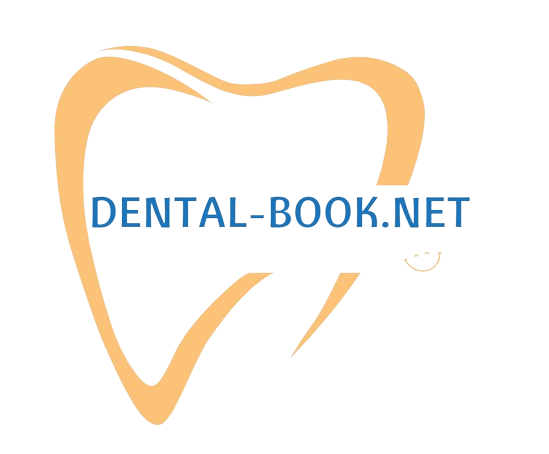


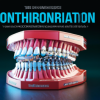

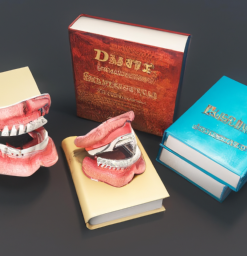

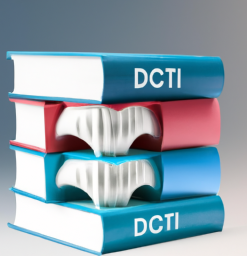

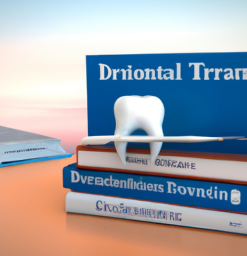


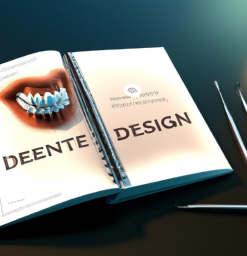



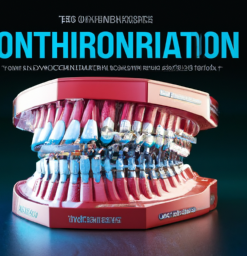
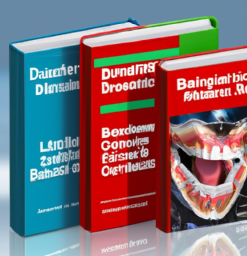







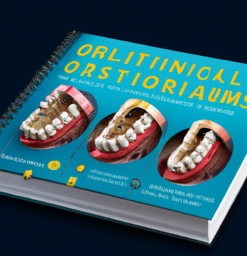



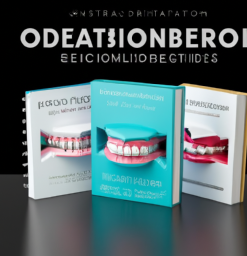
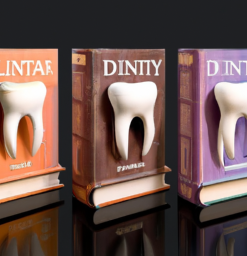
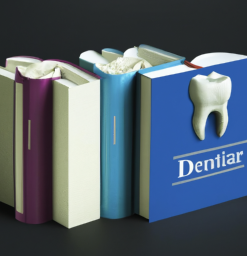
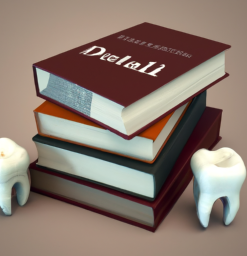
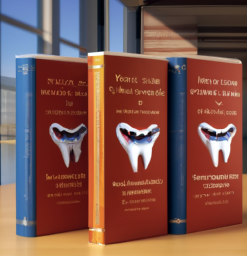
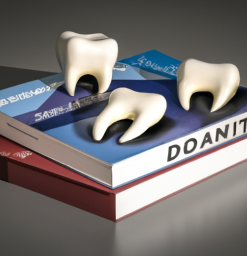
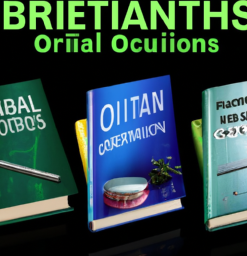
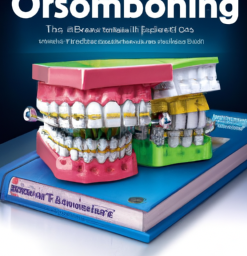


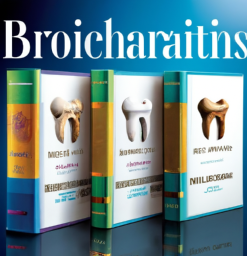

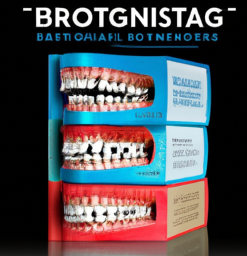


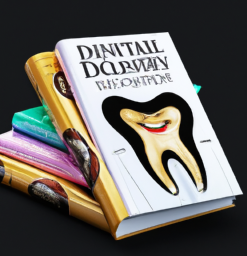
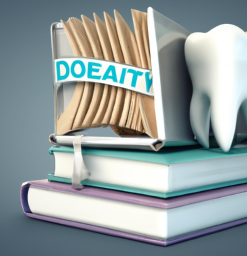
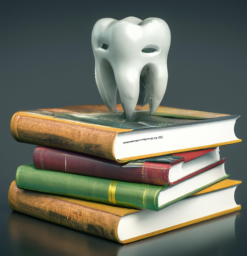

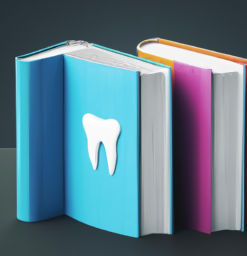


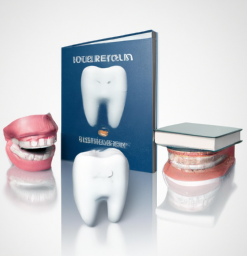
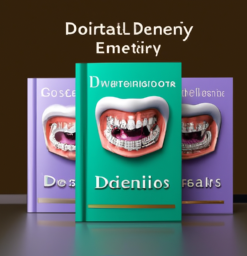
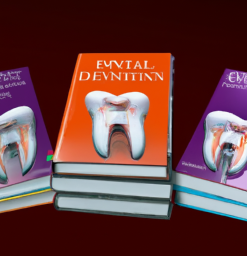
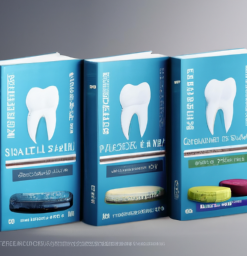
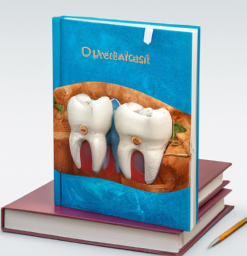
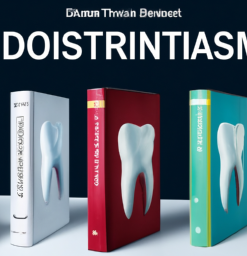

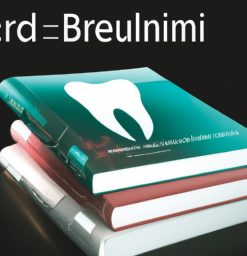



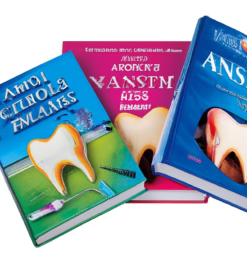

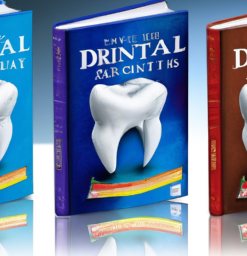
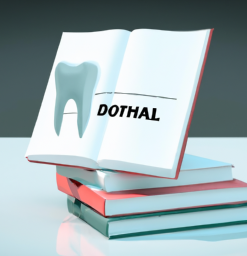




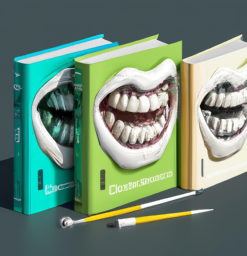
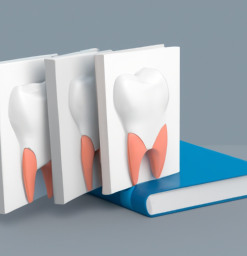

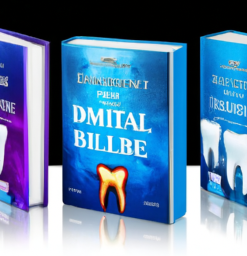
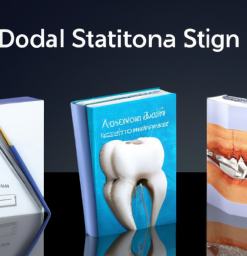
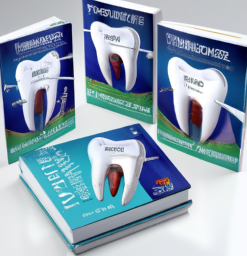
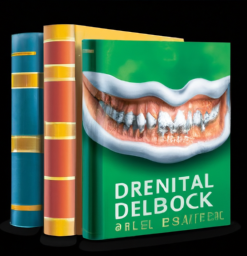
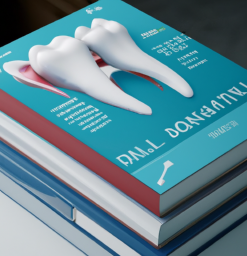
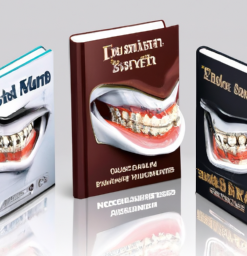
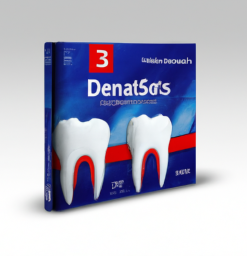
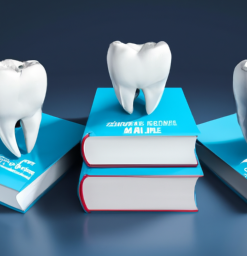
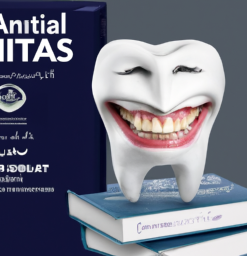
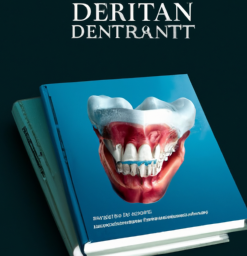

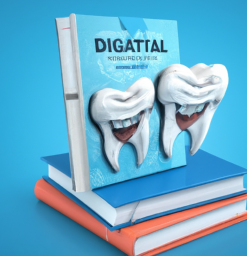
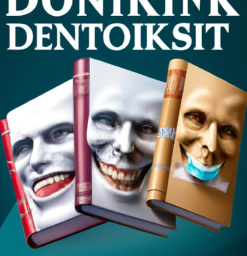

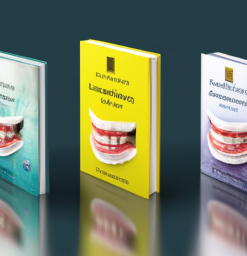

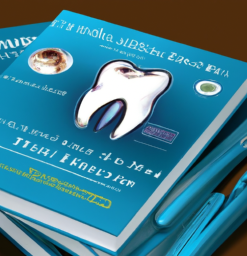
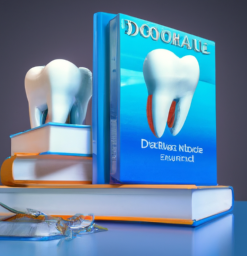
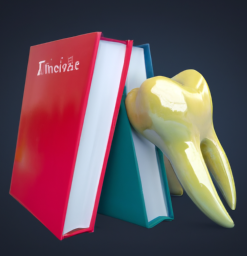

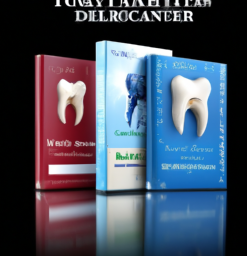
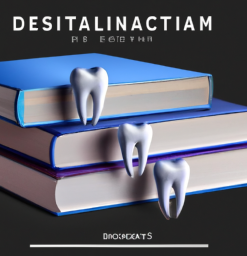
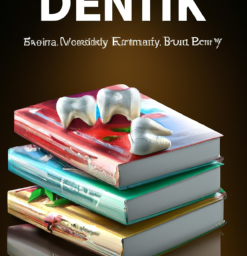
Reviews
There are no reviews yet.